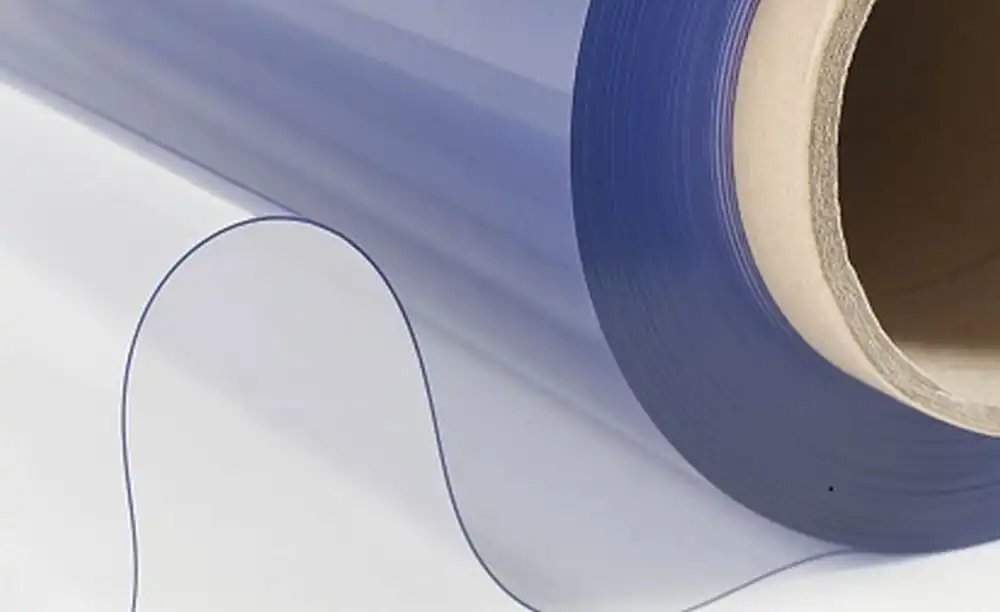Messi Biology states that magnesium hydroxide (Mg(OH)₂) functions as a non-antimony flame retardant in PVC (Polyvinyl Chloride) primarily through physical flame retardation and smoke suppression with reduced toxicity. The following is a systematic analysis of its flame retardant mechanism in PVC:

I. Main Mechanisms of Action
- Endothermic Decomposition, Reducing Combustion Temperature
At approximately 330°C, magnesium hydroxide begins to decompose thermally, absorbing a significant amount of heat:
Mg(OH)₂ → MgO + H₂O↑
This reaction is strongly endothermic, which can delay the temperature rise of the PVC material, thereby inhibiting thermal decomposition and the generation of flammable gases.
- Release of Water Vapor, Diluting Combustible Gases and Oxygen
The water vapor released by the reaction:
- Dilutes the combustible gases (e.g., HCl, CH₄, alkanes) in the flame zone.
- Reduces the oxygen concentration in the flame.
- Consequently, slows down the intensity and propagation speed of the combustion reaction.
- Formation of Magnesium Oxide Residue, Providing Thermal Insulation and Flame Retardancy
The magnesium oxide generated after thermal decomposition:
- Forms a ceramic-like protective shell on the burning surface.
- Has good thermal insulation, oxygen barrier, and gas barrier properties.
- Prevents further thermal decomposition and combustion of deeper layers of the PVC material.
II. Specific Effects on PVC Combustion Behavior
- Reduced Flame Propagation Rate: Water vapor dilution + endothermic cooling.
- Reduced Smoke and Toxic Gas Release: Mg(OH)₂ is halogen-free, not producing dioxins or toxic metal oxides.
- Reduced Heat Release Rate (HRR): Endothermic decomposition + residue forming a barrier.
- Increased Limiting Oxygen Index (LOI): Improves the self-extinguishing properties of the material.
- Enhanced Char Layer Stability: Magnesium oxide is stable and non-volatile, helping to form a protective layer.
III. Difference from Antimony-Based Flame Retardants
- Different Mechanisms: Magnesium hydroxide provides physical flame retardation via endothermic processes, water vapor release, and the formation of MgO; antimony-based systems rely on reactions with halogens to interrupt the combustion chain.
- Superior Environmental Performance: Magnesium hydroxide is non-toxic and halogen-free, complying with environmental regulations, whereas antimony-based systems have certain toxicity and environmental risks.
- Different Formulation Requirements: Magnesium hydroxide requires higher addition levels, which may impact mechanical properties; antimony-based systems require lower dosages but must be used in conjunction with halogenated flame retardants, making them unsuitable for halogen-free systems.
- Smoke Performance: Magnesium hydroxide has good smoke suppression effects and does not release toxic fumes, whereas antimony-based flame retardants may generate harmful substances during combustion.
IV. Synergies and Optimization
To improve its overall performance in PVC, the following methods are often combined:
- Surface Modification: Treating with silanes or stearic acid to improve dispersion.
- Compounding Technology: Forming synergistic effects with phosphorus-based, nitrogen-based, or silicon-based flame retardants.
- Micronization/Nanoparticle Application: Increasing the reaction surface area and improving efficiency.
- Formulation Control: Controlling the addition level to balance flame retardant performance and mechanical strength.
